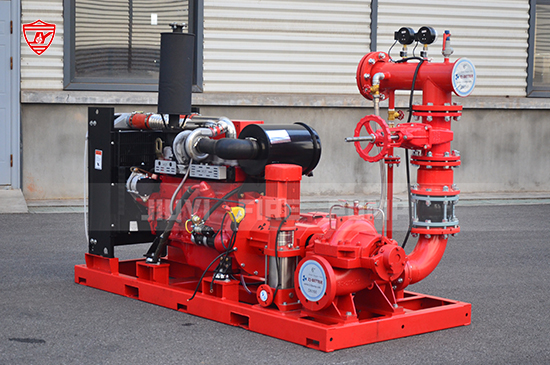Fire protection in high-rise buildings is one of the most challenging aspects of firefighting system design. The vertical height of these structures demands a powerful and reliable fire pump system that can overcome gravitational pressure loss and ensure consistent water supply at the highest floors. But with multiple fire pump types available, how do you determine which is the best for your high-rise application?
As a leading fire pump manufacturer, we’re here to break down the options, technical requirements, and ideal fire pump configurations that deliver optimal safety for high-rise buildings.

A fire pump is the heart of the fire protection system in any building. In high-rise structures—defined generally as buildings taller than 75 feet (23 meters)—gravity poses a significant challenge to maintaining sufficient water pressure. In emergencies, any delay or drop in water flow can lead to catastrophic consequences.
Here’s why proper fire pump selection is crucial:
Water pressure loss per floor: Pressure drops approximately 4.33 psi per 10 feet of elevation.
Fire code compliance: NFPA 20 requires dependable fire water supply for the most remote standpipe or sprinkler head.
System reliability: A high-rise fire pump must activate automatically and run smoothly under extreme load conditions.
Before selecting the best fire pump type, consider the following factors:
This is the most important factor in high-rise systems. The pump must generate enough pressure to deliver water to the highest point in the building.
Fire pumps must meet the minimum required flow rate based on the building’s sprinkler and standpipe demands.
Is electric power reliable and backed up by a generator? Or will you need a diesel engine pump for redundancy?
High-rise buildings often require multiple pumps—primary, backup (standby), and a jockey pump for maintaining system pressure.
NFPA 20 dictates standards for fire pump systems in buildings, including high-rise structures.
Now let’s explore the most suitable fire pump types and how they perform in high-rise installations.